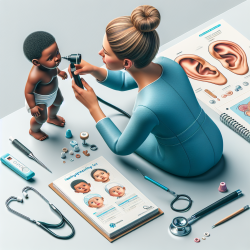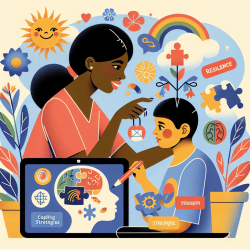Introduction
Effective communication between patients and physicians is crucial, especially for those managing chronic conditions like diabetes. A recent study titled “They are talking from the Encyclopedia Britannica brain”: diabetes patients’ perceptions of barriers to communicating with physicians sheds light on the challenges faced by patients in engaging actively during medical visits. By understanding these barriers, practitioners can improve their communication skills, leading to better patient outcomes.
Understanding the Barriers
The study identifies three main categories of barriers that hinder active patient participation:
- Patients’ Beliefs About Their Condition: Patients often minimize the severity of their condition or feel ashamed about their self-management challenges, leading to communication withdrawal.
- Perceptions of Physicians’ Behaviors: Patients may feel intimidated by medical jargon or a perceived authoritarian tone from physicians, which can deter them from speaking up.
- External Influences: Factors such as lack of continuity in care, reliance on electronic health records (EHR), and time constraints can also impede effective communication.
Practical Tips for Practitioners
To overcome these barriers, practitioners can implement the following strategies:
- Encourage Open Dialogue: Create a welcoming environment where patients feel comfortable discussing their concerns without fear of judgment.
- Simplify Medical Jargon: Use simple language and ensure patients understand their condition and treatment options.
- Build Trust and Continuity: Foster long-term relationships with patients to build trust and improve communication.
- Integrate EHR Thoughtfully: Use EHR as a tool to enhance, not hinder, patient interaction. Share the screen with patients to involve them in their care.
- Manage Time Effectively: Allocate sufficient time for patient interactions to ensure all concerns are addressed.
Encouraging Further Research
While the study provides valuable insights, further research is needed to explore innovative interventions that can enhance patient-physician communication. Practitioners are encouraged to stay informed through continuous learning and collaboration with colleagues.
Conclusion
Improving communication with patients is a shared responsibility. By understanding the barriers and implementing practical strategies, practitioners can foster a more engaging and effective healthcare environment. For those interested in delving deeper into this topic, the original research paper provides comprehensive insights and can be accessed here: “They are talking from the Encyclopedia Britannica brain”: diabetes patients’ perceptions of barriers to communicating with physicians.










